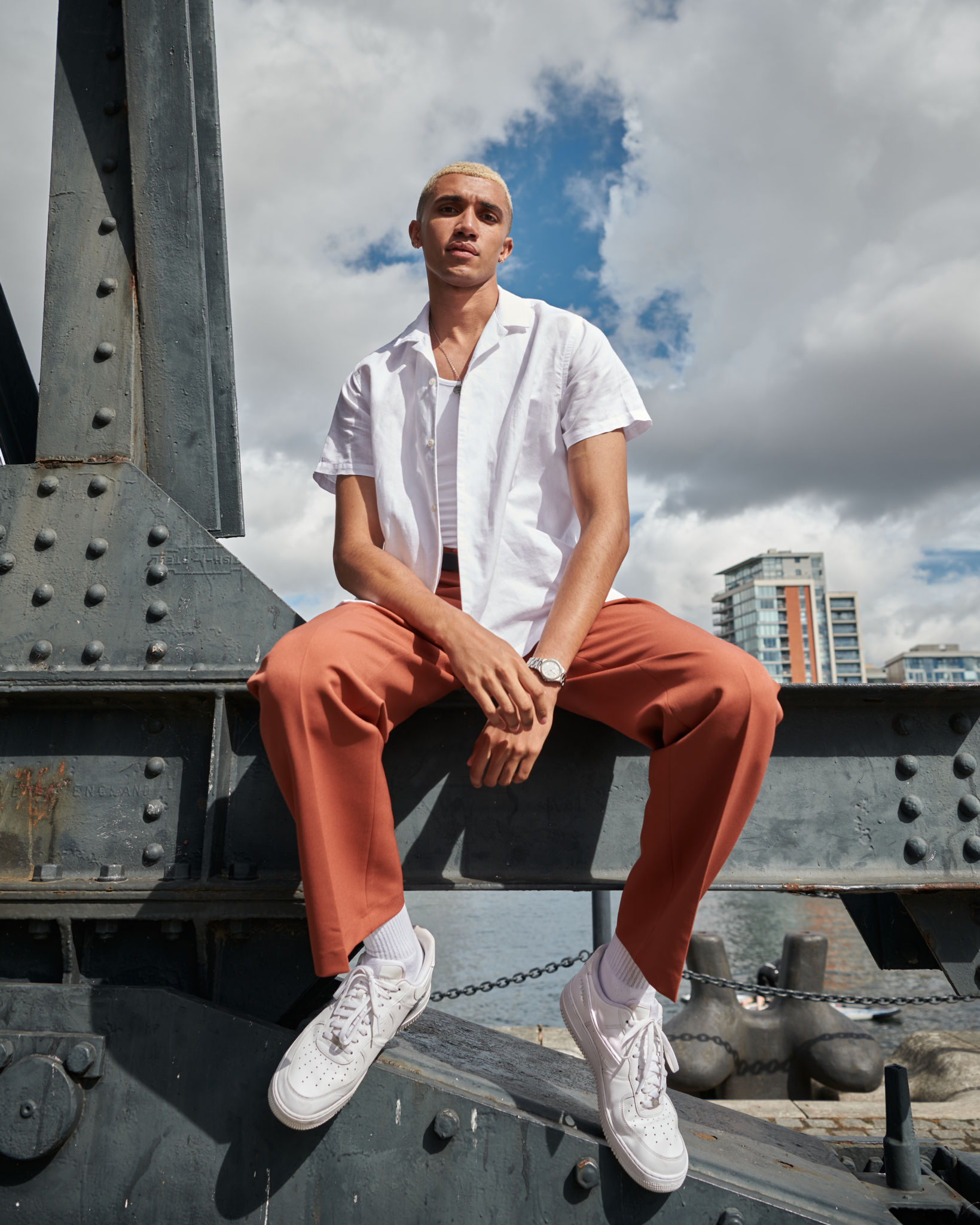The Role of Social Media in Shaping Streetwear Trends
The Evolution of Streetwear
Streetwear has transformed from a niche fashion subculture into a global phenomenon, driven largely by the influence of social media. Initially rooted in skateboarding and hip-hop culture, streetwear has expanded its reach, becoming an integral part of mainstream fashion. This evolution has been significantly shaped by online platforms, where trends can spread rapidly and reach diverse audiences.
Social media platforms like Instagram, TikTok, and Twitter have become pivotal in the dissemination of streetwear trends. These platforms enable brands, influencers, and consumers to interact dynamically, creating a vibrant ecosystem where trends are born and developed. The immediacy of social media allows for real-time feedback and engagement, making it a powerful tool for shaping fashion narratives.

Influencers as Trendsetters
One of the most significant impacts of social media on streetwear trends is the rise of influencers. These individuals, often with large followings, have the power to sway consumer preferences by showcasing new styles and endorsing brands. Through curated posts and stories, influencers can make or break a trend overnight. Their personal style often sets the tone for what will become popular.
Additionally, influencers provide a direct line to their audience, allowing for a more personalized connection compared to traditional advertising methods. This engagement fosters a sense of community and belonging, which is essential in streetwear culture. Followers often look to influencers for inspiration, encouraging them to experiment with their style and adopt new trends.

Social Media Platforms as Fashion Hubs
Platforms like Instagram have evolved into virtual fashion hubs where users can discover new brands, engage with designers, and participate in fashion communities. The use of hashtags and geotags enables users to explore specific trends or regional styles, creating a global dialogue about streetwear fashion. This democratization of fashion allows anyone with internet access to participate in trendsetting.
TikTok has introduced a new dynamic with its short-form video content. Users can showcase outfits through creative and engaging formats, making fashion more accessible and interactive. The platform's algorithm promotes viral content, often leading to rapid trend adoption across various demographics.
The Role of User-Generated Content
User-generated content (UGC) plays an essential role in shaping streetwear trends on social media. Consumers often share their interpretations of popular styles, adding their unique twist to them. This organic content serves as a form of peer validation and inspires others to explore similar styles or create their versions.

Brands are increasingly leveraging UGC to build authenticity and trust with their audience. By featuring real customers wearing their products, brands can demonstrate the versatility and appeal of their offerings in everyday settings. This strategy not only boosts brand visibility but also encourages community engagement.
The Impact on Brand Strategies
As social media continues to influence streetwear trends, brands are adapting their strategies to keep up with the fast-paced environment. They are investing in digital marketing campaigns that prioritize social media platforms, collaborating with influencers, and utilizing data analytics to understand consumer behavior better. This shift allows brands to remain relevant and responsive to emerging trends.
Moreover, brands are embracing sustainability and inclusivity in their messaging, reflecting the values of modern consumers who are more conscious about their purchasing decisions. By aligning with these values, brands can foster loyalty and create meaningful connections with their audience.

The Future of Streetwear Trends
The role of social media in shaping streetwear trends is likely to grow as technology advances and new platforms emerge. Virtual reality and augmented reality could offer new ways for consumers to experience fashion digitally. Additionally, as social media continues to blur geographical boundaries, streetwear will evolve into an even more diverse and inclusive representation of global cultures.
Ultimately, the interplay between social media and streetwear highlights the importance of adaptability and innovation in the fashion industry. By staying attuned to these changes, both consumers and brands can continue to drive the evolution of this exciting and dynamic fashion movement.